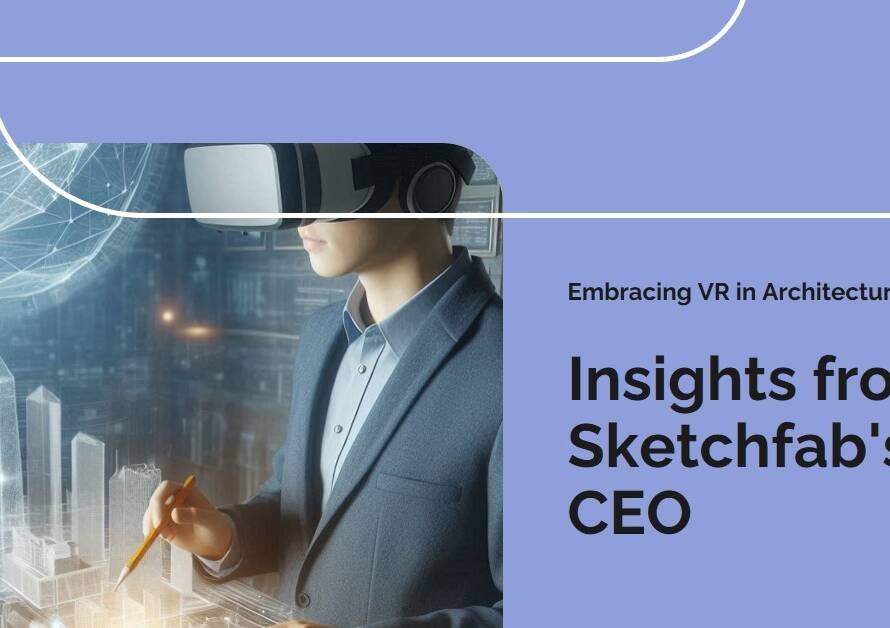
Table of Contents
1. Introduction: The Virtual Frontier in Real Estate (Virtual Reality)
The real estate industry is undergoing a transformative shift with the adoption of virtual reality (VR) technology, offering myriad benefits to real estate companies in marketing, sales, visualization, and customer experience. This blog delves into the significant advantages of leveraging VR in the real estate sector, empowering companies to showcase properties, engage clients, streamline processes, and revolutionize the way properties are marketed and sold.
2. Immersive Property Tours: Bringing Properties to Life
One of the primary benefits of VR for real estate companies is the ability to provide immersive property tours that bring listings to life in a virtual environment. Potential buyers can explore properties virtually, navigate through rooms, examine details, and experience spatial dimensions as if they were physically present. This immersive experience enhances buyer engagement, reduces the need for physical site visits, and caters to remote or international clients who may not have immediate access to properties.
3. Enhanced Visualization: Transforming Design Concepts
VR technology enables real estate companies to showcase design concepts, floor plans, and architectural features in a highly visual and interactive manner. By creating virtual models of properties, developers and designers can present various design options, interior layouts, material choices, and furniture arrangements to clients and stakeholders. This visual clarity enhances decision-making, accelerates design approvals, and ensures alignment with client expectations, ultimately leading to faster project timelines and enhanced customer satisfaction.
4. Time and Cost Savings: Streamlining Processes
The adoption of VR in real estate streamlines processes and reduces costs associated with traditional property marketing and sales efforts. Virtual property tours eliminate the need for multiple physical showings, travel expenses, and staging costs, saving time for both clients and agents. Moreover, VR technology allows for swift iterations in design presentations and marketing materials, reducing turnaround times and accelerating sales cycles in a competitive market landscape.
5. Global Reach: Engaging International Buyers Effectively
With VR, real estate companies can reach a global audience of buyers and investors more effectively, transcending geographical barriers and time zones. International clients can experience properties firsthand through immersive VR tours, gaining a comprehensive understanding of layout, amenities, and neighborhood features without the need for extensive travel. This global reach expands market opportunities, increases property visibility, and attracts potential buyers from diverse demographics and locations.
6. Personalized Experiences: Tailoring to Client Preferences
VR technology allows real estate companies to offer personalized experiences tailored to individual client preferences and needs. Clients can customize virtual tours by selecting specific areas of interest, design elements, or property features they want to focus on during their virtual walkthroughs. This customization fosters a sense of ownership and investment in the property exploration process, leading to more informed buying decisions and higher client satisfaction levels.
7. Collaborative Decision-Making: Facilitating Team Discussions
VR facilitates collaborative decision-making among real estate teams, developers, architects, and clients by providing a shared virtual platform for discussions and feedback. Stakeholders can review design proposals, highlight modifications, and discuss project details in real-time within the virtual environment. This collaborative approach promotes transparency, reduces miscommunications, and ensures that project visions align with client expectations and market trends, fostering successful project outcomes.
8. Reduced Environmental Impact: Sustainable Marketing Practices
The adoption of VR in real estate contributes to sustainable marketing practices by reducing carbon footprints associated with traditional property marketing activities. Virtual property tours minimize the need for physical brochures, printed materials, and in-person visits, lowering paper waste and energy consumption. Embracing VR aligns with eco-friendly initiatives, demonstrating a commitment to environmental stewardship and responsible business practices within the real estate industry.
9. Competitive Edge: Standing Out in the Market
Real estate companies leveraging VR gain a significant competitive edge in the market by offering innovative and engaging experiences that set them apart from competitors. The ability to showcase properties in immersive VR environments demonstrates technological prowess, modernity, and client-centric approaches, attracting tech-savvy buyers and investors. This differentiation enhances brand visibility, market positioning, and customer trust, ultimately driving business growth and market share expansion.
10. Future Potential: Expanding Applications Beyond Sales


Looking ahead, VR technology holds immense potential for real estate companies beyond sales and marketing efforts. It can be utilized for virtual staging, architectural visualization, property development simulations, and even virtual community tours for large-scale projects. Embracing VR as a versatile tool opens doors to new opportunities, innovation in real estate practices, and continued advancements in customer experiences, reinforcing its status as a transformative technology in the industry’s evolution.


